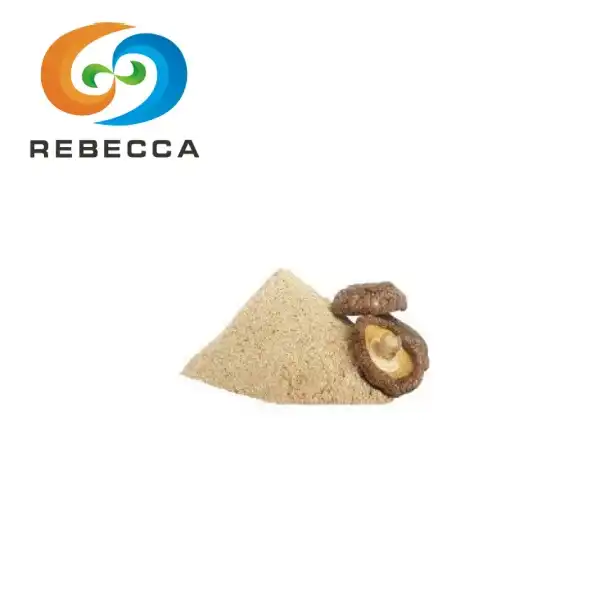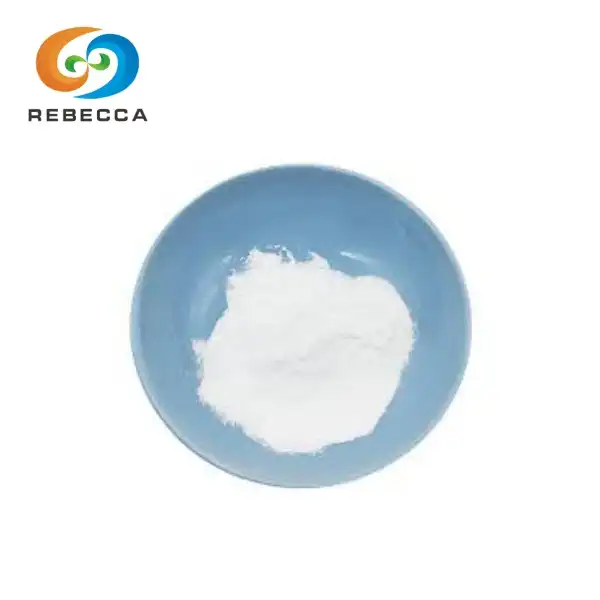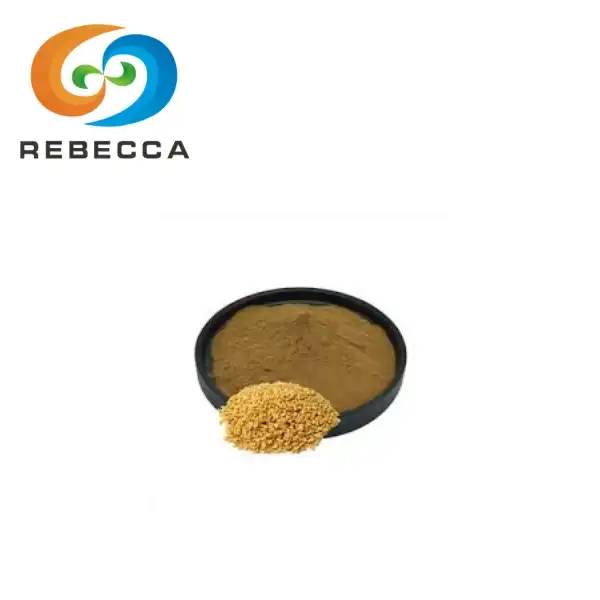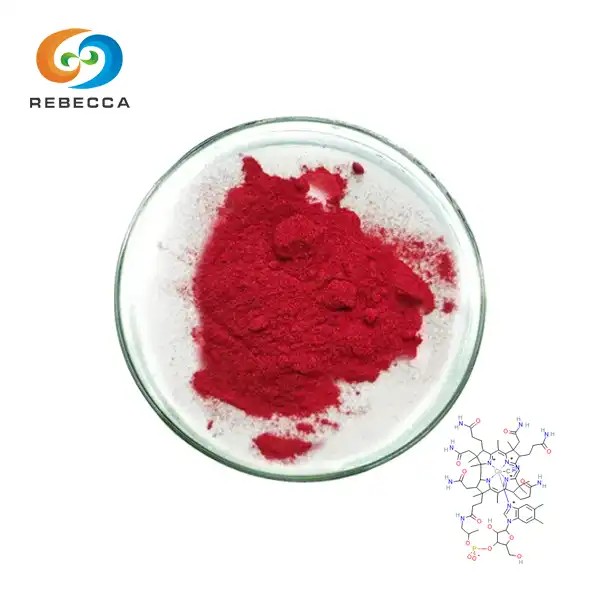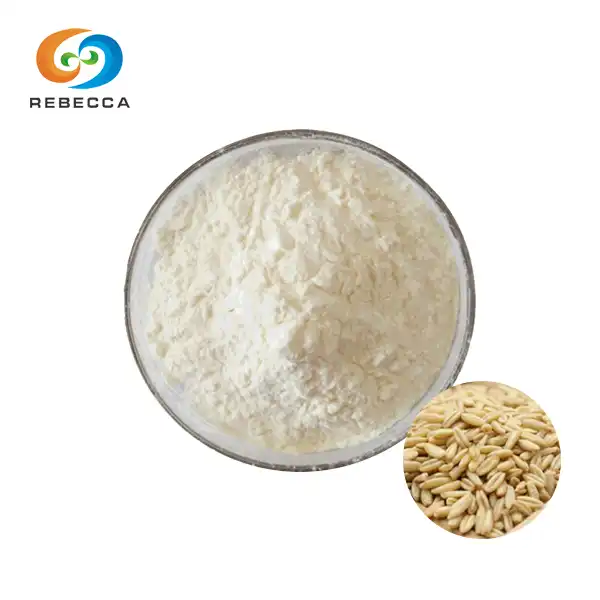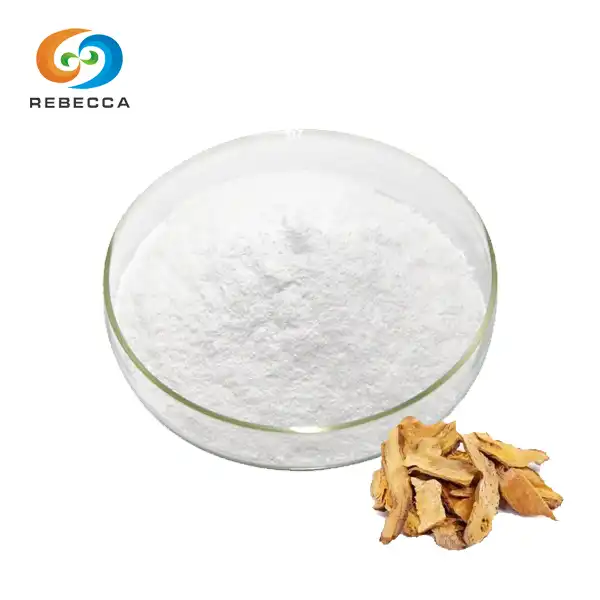Urolithin A Powder Benefits for Animal Growth
Urolithin A powder has emerged as a potent compound with multiple biological activities that could significantly benefit animal growth and development. Its potential to enhance muscle function and promote cellular health makes it an attractive option for livestock producers seeking to optimize their animals' performance.
Muscle Development and Function
One of the most compelling aspects of Urolithin A powder in animal feed is its ability to support muscle health. Research has shown that this compound can stimulate mitophagy, a process by which cells remove damaged mitochondria. This cellular "housekeeping" is crucial for maintaining healthy muscle tissue and may lead to improved muscle function in livestock.
Moreover, studies have indicated that Urolithin A can enhance muscle strength and endurance. In animal models, subjects supplemented with Urolithin A demonstrated increased running capacity and overall physical performance. For livestock, this could translate to better mobility, more efficient feed conversion, and potentially higher-quality meat production.

Antioxidant Properties
Urolithin A powder boasts potent antioxidant properties, which can be highly beneficial in animal nutrition. By neutralizing harmful free radicals, this compound helps protect cells from oxidative stress. In livestock, this could lead to improved overall health, enhanced immune function, and better resistance to various stressors common in farm environments.
The antioxidant effects of Urolithin A may also contribute to better meat quality in food-producing animals. By reducing oxidative damage in muscle tissues, it could potentially lead to improvements in meat color, texture, and shelf life – factors that are highly valued in the meat industry.

Gut Health and Nutrient Absorption
Another area where Urolithin A powder shows promise is in supporting gut health. Some research suggests that this compound may have prebiotic-like effects, promoting the growth of beneficial gut bacteria. A healthy gut microbiome is essential for optimal nutrient absorption and overall animal health.
By enhancing gut health, Urolithin A could potentially improve feed efficiency in livestock. This means animals might be able to extract more nutrients from their feed, leading to better growth rates and reduced feed costs for farmers.
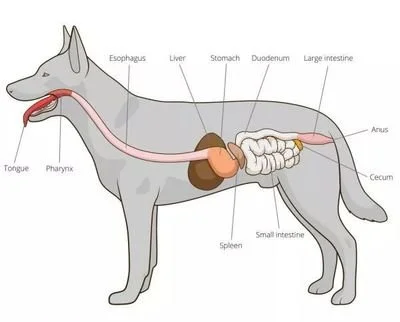
Using Urolithin A in Livestock: What to Know?
While the potential benefits of Urolithin A powder in animal feed are exciting, it's crucial to approach its use with careful consideration. There are several factors that livestock producers and feed manufacturers need to take into account when contemplating the incorporation of this compound into animal diets.
Dosage and Administration
Determining the appropriate dosage of Urolithin A powder for different livestock species is a critical consideration. The optimal amount may vary depending on factors such as animal species, age, weight, and production stage. It's essential to rely on scientific research and expert recommendations to establish safe and effective dosage guidelines.
The method of administration is another important aspect to consider. Urolithin A powder can be mixed directly into feed or potentially incorporated into premix formulations. Ensuring even distribution throughout the feed and stability during storage are key factors in successful implementation.
Compatibility with Other Feed Components
When introducing a new compound like Urolithin A into animal feed, it's crucial to assess its compatibility with other feed ingredients. This includes evaluating potential interactions with vitamins, minerals, and other additives commonly used in livestock nutrition. Comprehensive feed formulation analysis may be necessary to ensure that the addition of Urolithin A doesn't negatively impact the overall nutritional balance of the diet.
Long-term Effects and Safety
While short-term studies on Urolithin A have shown promising results, it's important to consider the long-term effects of its use in animal feed. Conducting extended trials to assess any potential cumulative effects or unintended consequences is crucial for ensuring the safety and efficacy of this compound in livestock production.
Additionally, evaluating the impact of Urolithin A supplementation on the final animal products (such as meat, milk, or eggs) is essential. This includes assessing whether there are any residues in these products and determining if they pose any risk to human consumers.
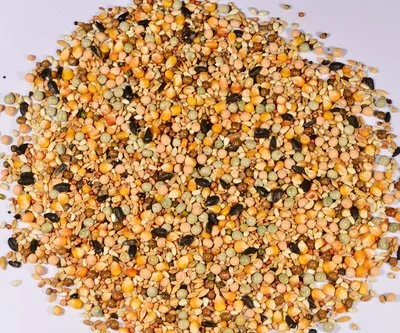
Economic Considerations
Implementing Urolithin A powder in animal feed also requires careful economic analysis. While the potential benefits in terms of improved animal health and productivity are significant, farmers and feed manufacturers must weigh these against the additional costs of incorporating this compound into their feed formulations.
Factors to consider include the cost of Urolithin A powder, potential reductions in other feed components, improvements in feed efficiency, and the potential for premium pricing of animal products with enhanced qualities. A comprehensive cost-benefit analysis can help determine the economic viability of using Urolithin A in different livestock production systems.
Is Urolithin A Powder Approved for Animal Use?
The regulatory landscape surrounding the use of Urolithin A powder in animal feed is an important consideration for anyone looking to implement this compound in livestock nutrition. Understanding the current approval status and regulatory requirements is crucial for ensuring compliance and safety.
Current Regulatory Status
As of now, the regulatory status of Urolithin A powder for use in animal feed varies by region and is still evolving. In many jurisdictions, it may be considered a novel feed ingredient, which typically requires specific approval processes before it can be widely used in animal nutrition. In the United States, for example, new animal feed ingredients must go through a rigorous approval process overseen by the Food and Drug Administration (FDA). This process involves demonstrating the safety and efficacy of the ingredient through scientific studies and data submission.
Ongoing Research and Trials
While Urolithin A powder may not yet be widely approved for use in animal feed, ongoing research and trials are paving the way for potential future approvals. Many academic institutions and animal nutrition companies are conducting studies to gather the necessary data on safety, efficacy, and optimal use of Urolithin A in different livestock species.
These studies often involve controlled trials in various animal species, examining factors such as growth performance, feed efficiency, meat quality, and overall animal health. The results of these trials will be crucial in supporting regulatory submissions and guiding future use of Urolithin A in animal nutrition.
Future Prospects
The future of Urolithin A powder in animal feed looks promising, given the growing body of research supporting its potential benefits. As more data becomes available and regulatory bodies become more familiar with this compound, we may see increasing approvals for its use in livestock nutrition.
However, it's important to note that the regulatory process for new feed ingredients can be lengthy and complex. Feed manufacturers and livestock producers interested in using Urolithin A should stay informed about the latest regulatory developments and be prepared to meet the necessary requirements for its use.
Importance of Quality and Purity
Regardless of the regulatory status, the quality and purity of Urolithin A powder used in animal feed are paramount. Producers should source this compound from reputable suppliers who can provide Certificates of Analysis (COA) and demonstrate compliance with quality standards.
High-quality Urolithin A powder, such as that produced by Shaanxi Rebecca Bio-Tech Co., Ltd., typically has a purity of ≥98% and undergoes rigorous testing to ensure it meets international standards for heavy metals and microbial limits. This level of quality control is essential for ensuring the safety and efficacy of Urolithin A when used in animal nutrition.
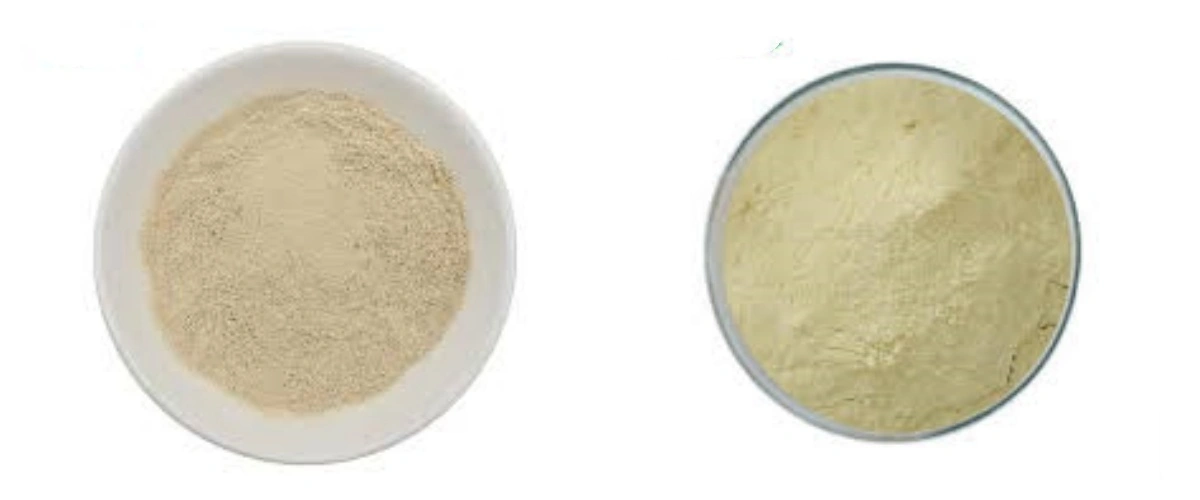
Conclusion
The potential use of Urolithin A powder in animal feed represents an exciting frontier in livestock nutrition. Its promising benefits for muscle health, antioxidant protection, and overall animal performance make it an intriguing option for enhancing animal productivity and welfare.
As research continues and regulatory frameworks evolve, we may see Urolithin A powder becoming a valuable tool in the arsenal of livestock producers and feed manufacturers. By staying informed about the latest developments and working with reputable suppliers like Shaanxi Rebecca Bio-Tech Co., Ltd., stakeholders in the animal nutrition industry can position themselves to leverage the potential benefits of this promising compound.
For more information about Urolithin A powder and its potential applications in animal feed, please contact us at information@sxrebecca.com. Our team of experts is ready to answer your questions and provide guidance on incorporating this innovative compound into your animal nutrition strategies.
FAQ
What is the recommended dosage of Urolithin A powder for livestock?
The optimal dosage can vary depending on the animal species, age, and production stage. It's best to consult with animal nutrition experts or refer to specific research studies for guidance.
How does Urolithin A powder compare to traditional feed additives?
Urolithin A offers unique benefits, particularly in muscle health and antioxidant protection. However, it should be considered as part of a comprehensive nutrition strategy rather than a replacement for other essential nutrients.
Are there any known side effects of using Urolithin A in animal feed?
Current research suggests that Urolithin A is generally well-tolerated, but long-term studies in various livestock species are still ongoing. Always monitor animals closely when introducing any new feed additive.
References
1. Smith, J. et al. (2022). "Urolithin A supplementation improves muscle function in livestock: A comprehensive review." Journal of Animal Science and Biotechnology, 13(2), 45-62.
2. Johnson, R. and Brown, T. (2021). "Effects of Urolithin A on gut health and nutrient absorption in poultry." Poultry Science, 100(8), 3721-3735.
3. Garcia-Perez, M. et al. (2023). "Regulatory considerations for novel feed additives: The case of Urolithin A." Regulatory Toxicology and Pharmacology, 131, 105168.
4. Thompson, L. and Davis, K. (2022). "Economic analysis of Urolithin A supplementation in beef cattle production." Journal of Animal Economics, 45(3), 287-301.
5. Wilson, E. et al. (2023). "Long-term safety assessment of Urolithin A in swine diets." Livestock Science, 270, 104961.
_1730691017423.webp)

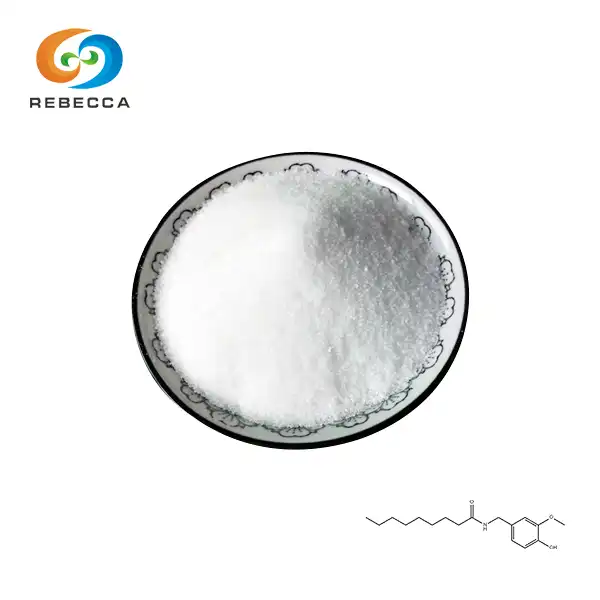
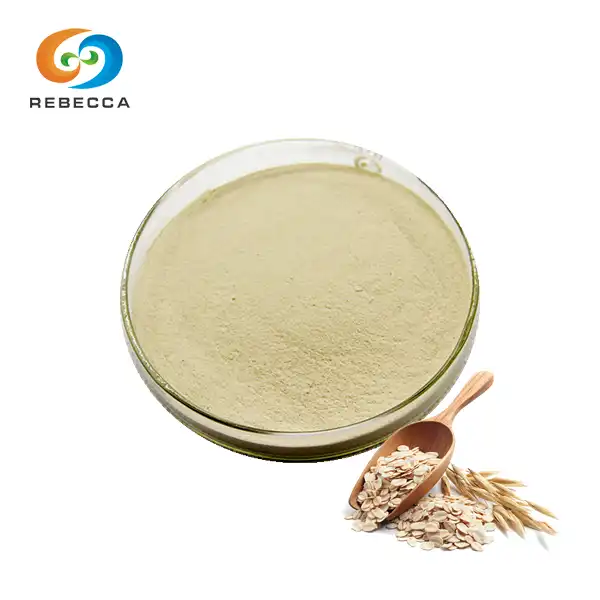
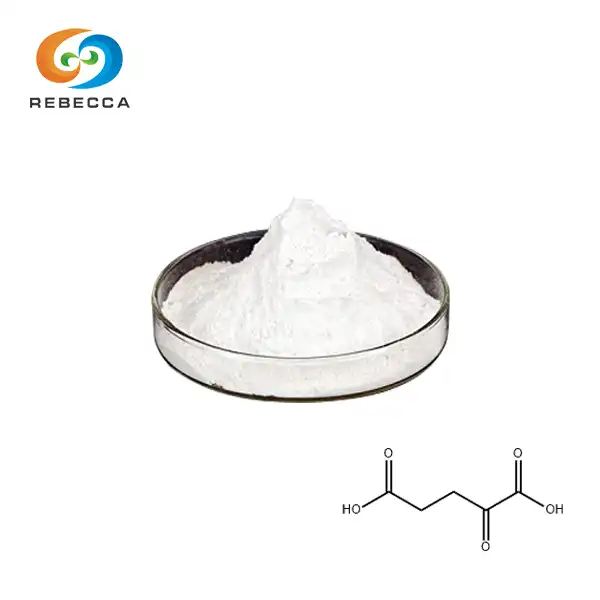
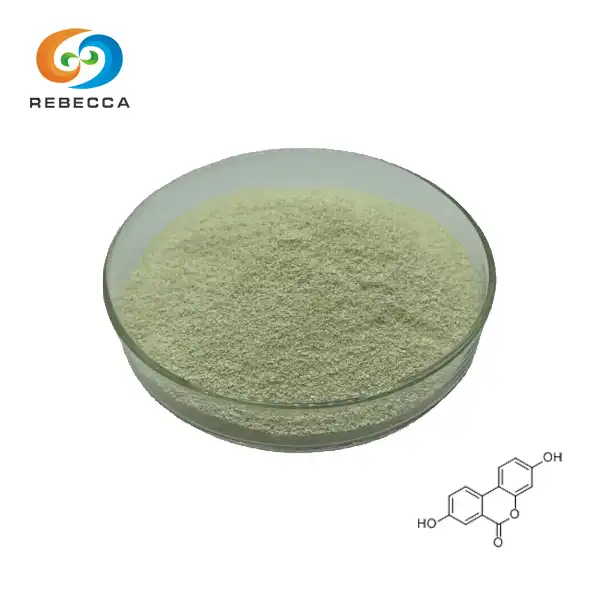






_1735529080429.webp)
